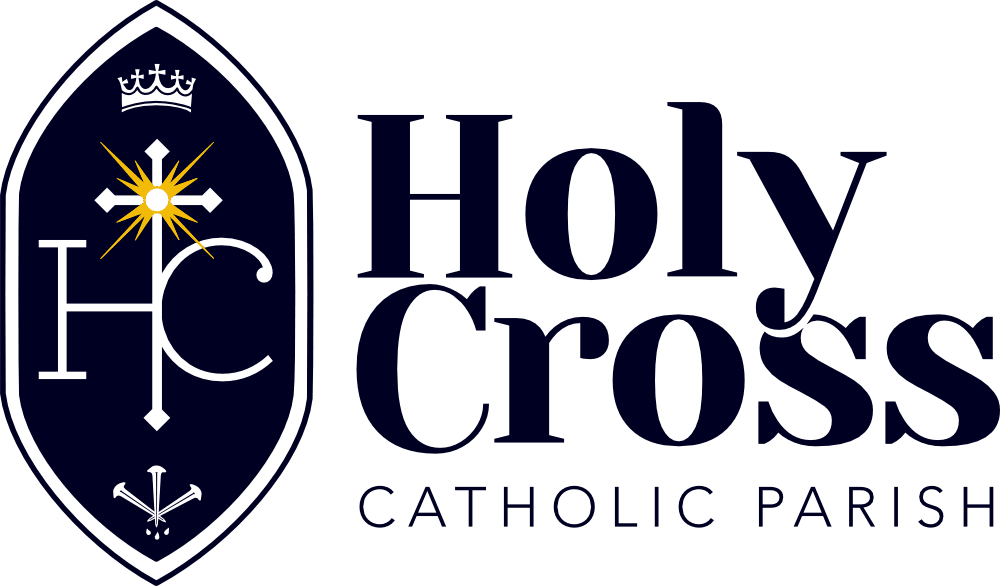History of Holy Cross
Rev. Paul Abeln (1887-1890)
In the late 19th century, the town of Milldale was a sparsely populated, rural community surrounded by hills and bordered by the Licking River to the East. The first settlers, with the exception of a few Irish, were German, Catholic immigrants. This quiet fertile valley with its picturesque hills and abundance of greenery, reminded them of Rhineland they had left behind.
Prior to 1880, these Catholic families formed the southernmost part of St. Augustine Parish in Peaselburg. Travel from Milldale to St. Augustine was either by horse and buggy or on foot, which proved to be a hardship, especially in cold or rainy weather.
In 1887, the parishioners from Milldale held a successful drive to solicit subscriptions for their own church and school. However, when they approached the Rt. Rev. Bishop C.P. Maes about the possibility of establishing this parish, they were denied their request due to the current financial situation of St. Augustine.
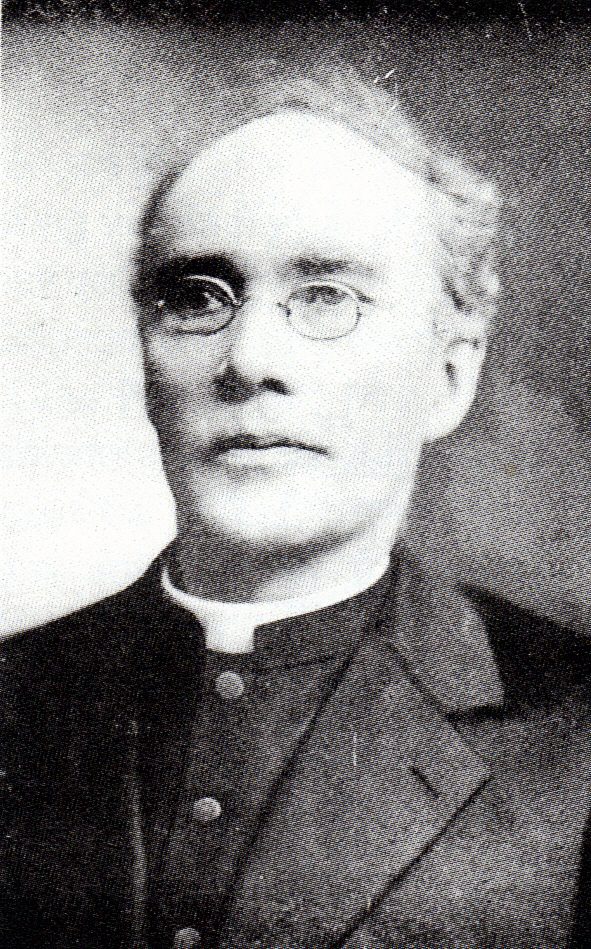
The future parishioners held regular planning meetings and on December 26, 1889 they agreed that the church and the parish would be called “Holy Cross Church and Holy Cross Congregation”
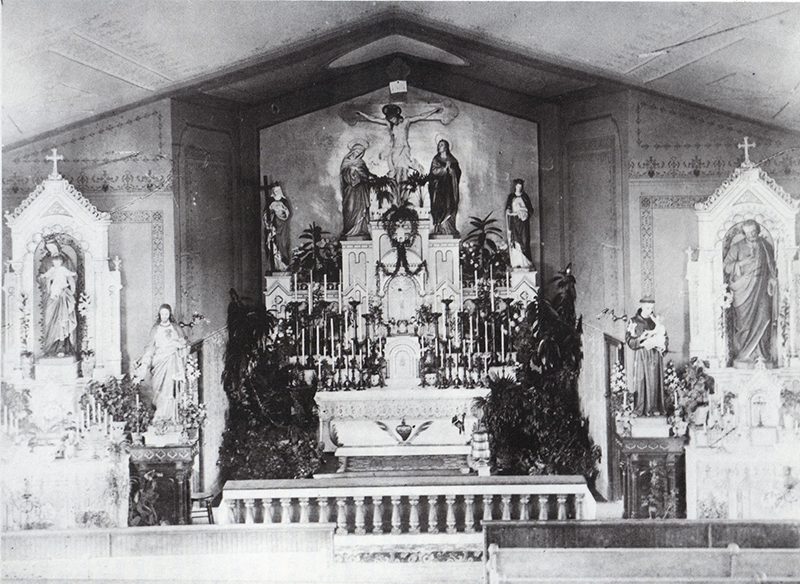
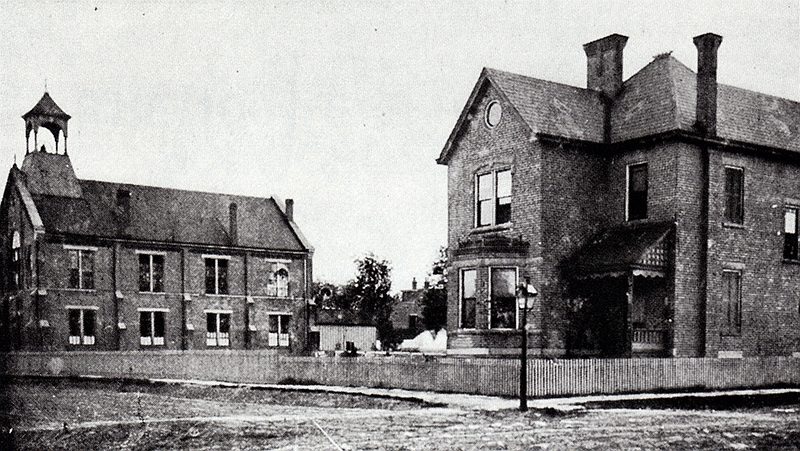
Rev. B.A. Baumeister (1890-1898)
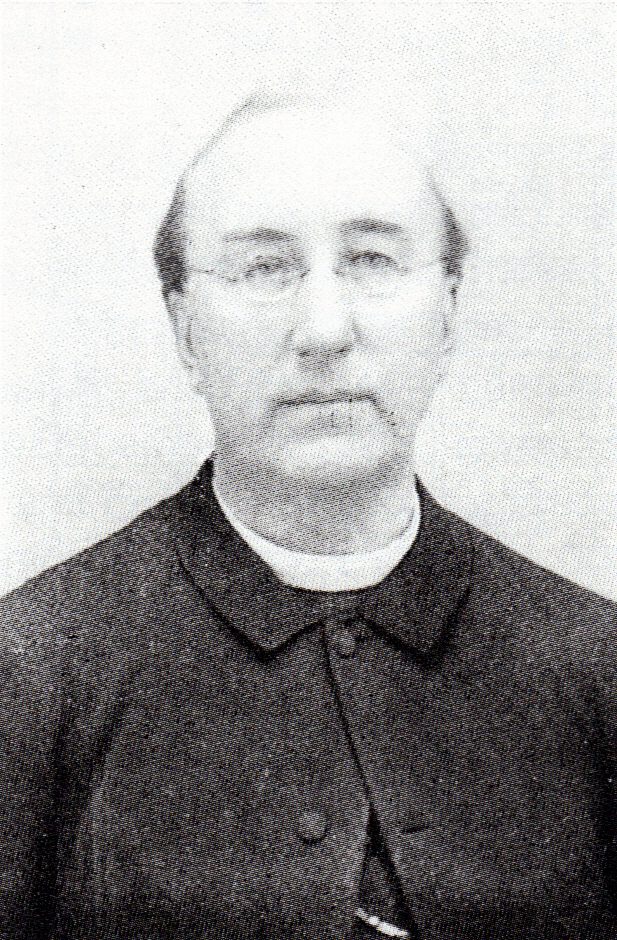 ucture, 70 feet long and 43 feet wide with a seating capacity of 250. The formal dedication by Bishop Maes took place on Sunday, May 3, 1891; the feast of the finding of the Holy Cross.
ucture, 70 feet long and 43 feet wide with a seating capacity of 250. The formal dedication by Bishop Maes took place on Sunday, May 3, 1891; the feast of the finding of the Holy Cross.
In February, 1891, Mr. Eugene Scherrer opened Holy Cross Grade School with 80 pupils at his individual instruction. In August of that year, the Benedictine Sisters arrived to take charge of the grade school.
(pictured: Rev. B. Baumeister)
Rev. J.B. Reiter (1898-1932)
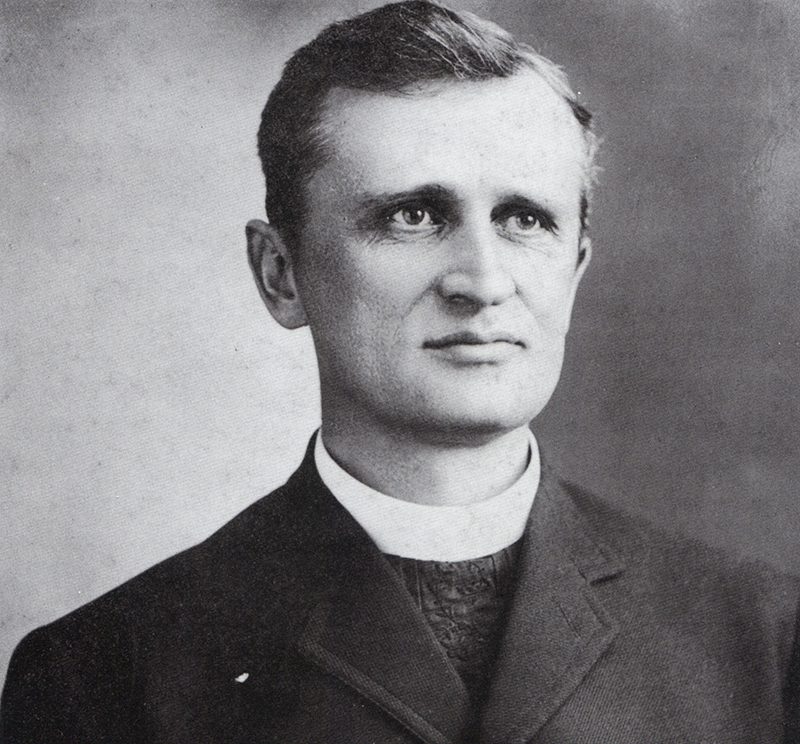
In November 1896, Rev. Baumeister resigned as pastor and was succeeded by the Rev. J.D. Meinger. He, in turn, was transferred in April, 1898. The Rev. J.B. Reiter, became pastor on Pentecost Sunday, May 29, 1898 and was to remain for 34 years. Soon after his arrival, a census was performed in the church, and found that the parish had grown to 72 families.
In 1899, the town of Milldale was incorporated as a fourth class town and it name was changed to Latonia. Shortly thereafter, Latonia realized a small scale boom. Along with builders and home buyers came all the modern conveniences such as gas, light, water and a sewer system, which made it a desirable suburban community.
Many of the new residents were Catholic families and it soon became evident that the present church structure would be inadequate. In 1903 surrounding properties were acquired by the parish, and talks of new construction followed.
Architects submitted several sketches that were presented to the congregation, and the design by Anthony Kunz Jr. was accepted. After months of planning, budgeting, and bidding, the final cost of the new church was realized to the sum of $50,000.00.
Ground was broken of July 16, 1906 and the cornerstone laid Sunday, November 22 during a celebration and blessing by Bishop Maes. Over the next two years workers continued to build the new church. With construction completed, the church was ready for its dedication on November 29, 1908. Romanesque in design, it was constructed of steel and stone and said to be virtually fireproof. To this day it remains one of the few, if not the only authentic stone Catholic churches in the diocese. The facade was surmounted by twin steeples rising approximately 100 feet from the sidewalk. The interior had a seating capacity of 950. Unique in design, the handsome, highly appointed vaulting was totally unobstructed by columns. It was and still is a truly beautiful structure.
After the new church was completed, the old church proper across the street was gutted and used as a school and an auditorium. The first graders were taught in the choir loft while the former worship space below was transformed into seating area for plays and shows.
By 1913, the problems involving the overcrowded grade school had to be addressed. The final blow came when the city inspector of public buildings deemed the building unfit as a school house. With an attendance of 354 students, plans for a new building were made the priority. A new school, containing twelve large classrooms, a kitchen, and multiple play rooms was completed in 1915, and ready to accommodate the now 386 students.
In 1924 the present rectory next to the church was built to accommodate the pastor and his assistants. In the same year, the original altar was replaced by current altar, made of white marble, flanked on both sides by angels, the communion rail installed and the Blessed Virgin and St. Joseph altar replaced; all of which were donated by parishioners
In 1930, in spite of the beginning of the depression, the ever progressive parishioners built the present high school building; complete with a cafeteria, gymnasium, library, and thirteen classrooms. The last vestige of the original church, its cornerstone, remains imbedded in the North wall of the high school building, bearing its 1890 inscription.
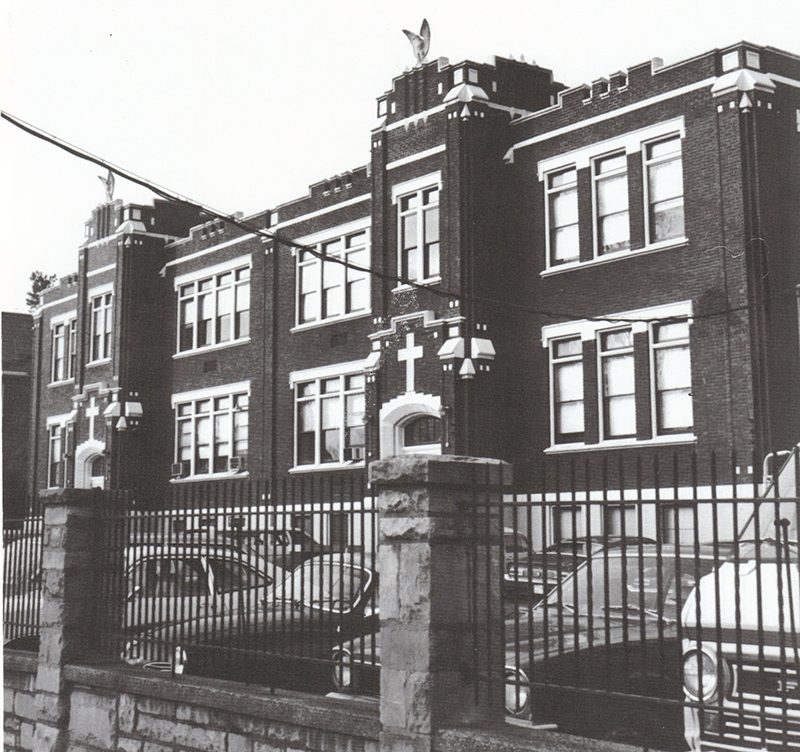
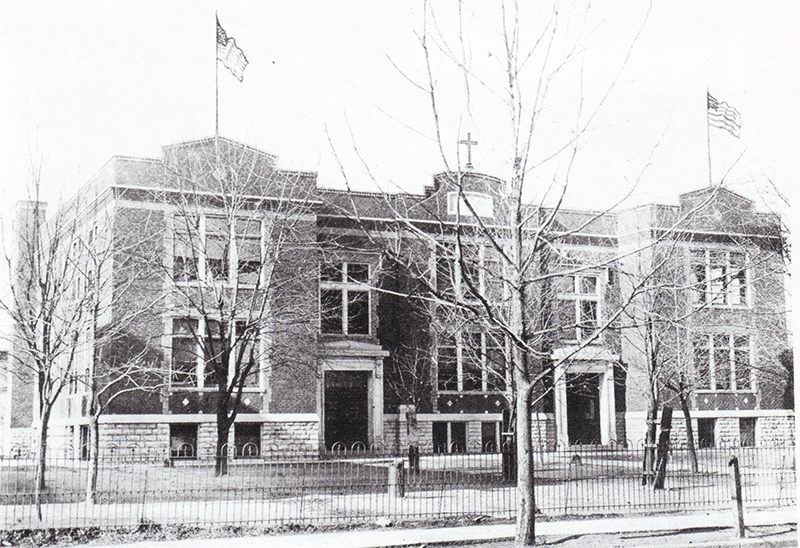
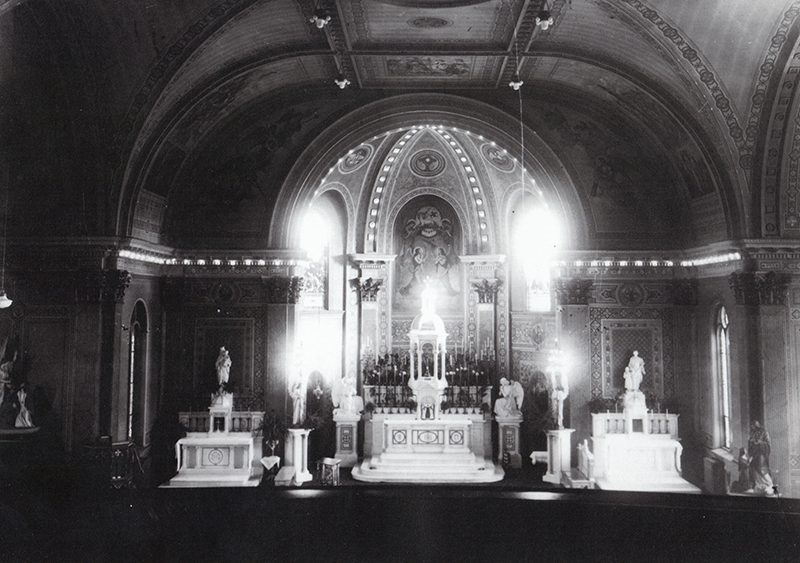
Rev. Louis G. Fey (1932-1955)
Father Reiter, after 34 years serving as pastor, passed in February of 1932. Bishop Howard appointed Rev. Ferdinand Valerius administrator of the parish pending the appointment of a new pastor. In June 1932, Father Louis Fey was appointed fifth pastor of Holy Cross.
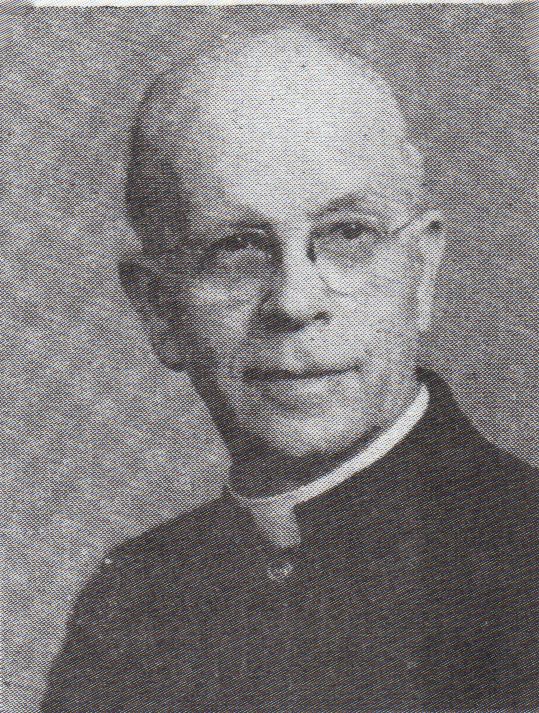
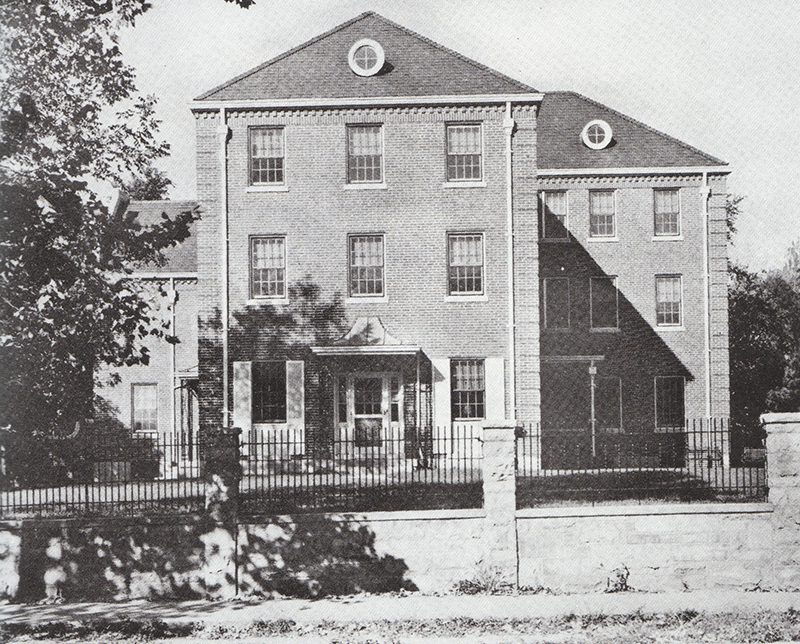 Realizing the importance of the sisters, Father Fey and the congregation built a convent on the southwest corner of Southern and Church Streets to accommodate the Benedictines. The 27 sisters who were assigned to Holy Cross moved into their new home in June 1941.
Realizing the importance of the sisters, Father Fey and the congregation built a convent on the southwest corner of Southern and Church Streets to accommodate the Benedictines. The 27 sisters who were assigned to Holy Cross moved into their new home in June 1941.
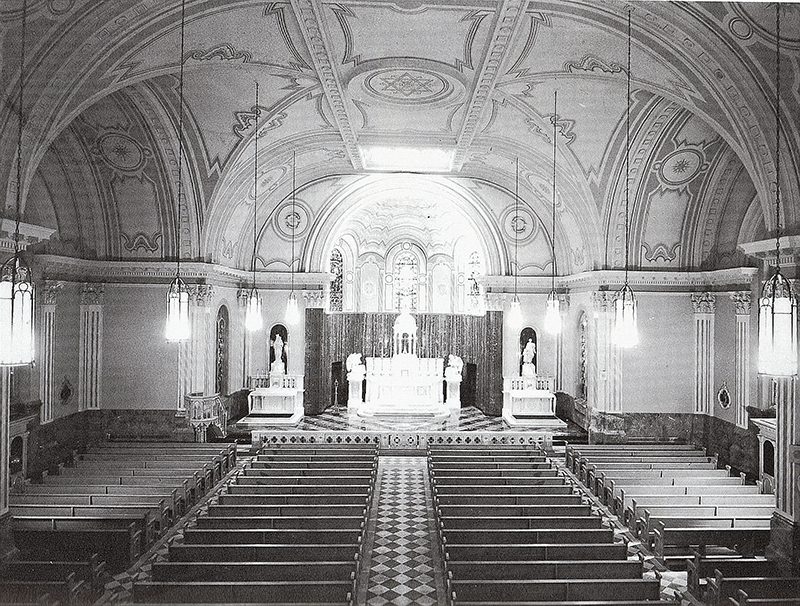
Rev. Thomas B. Finn (1955-1968)
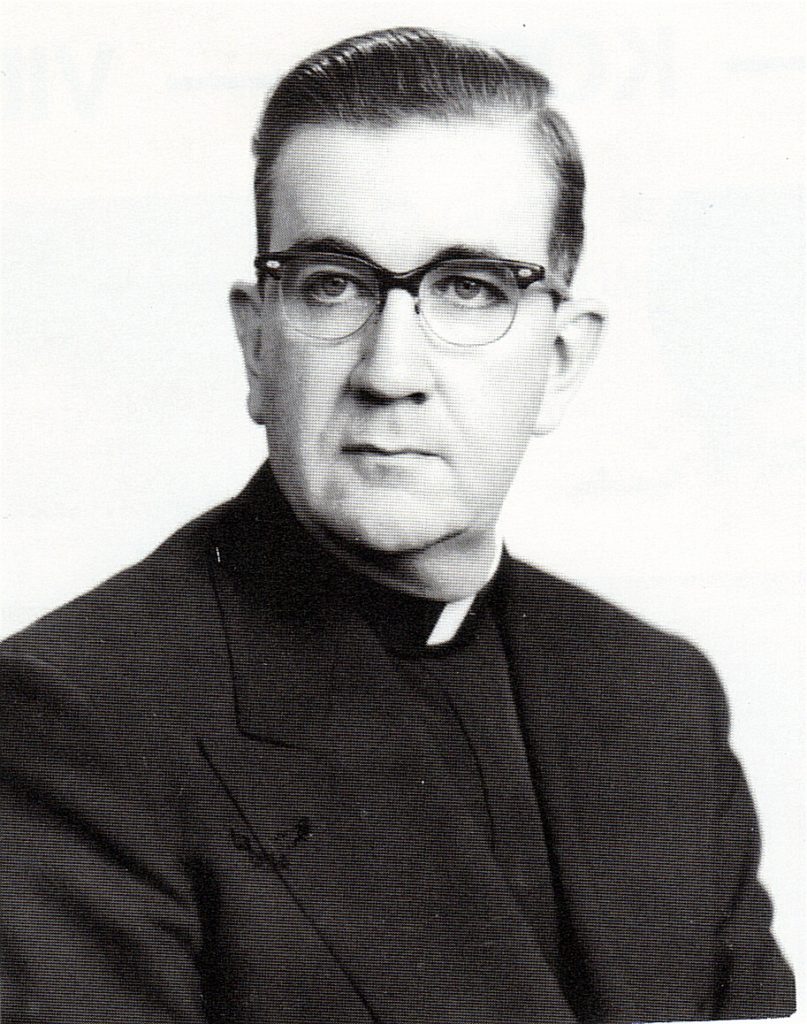
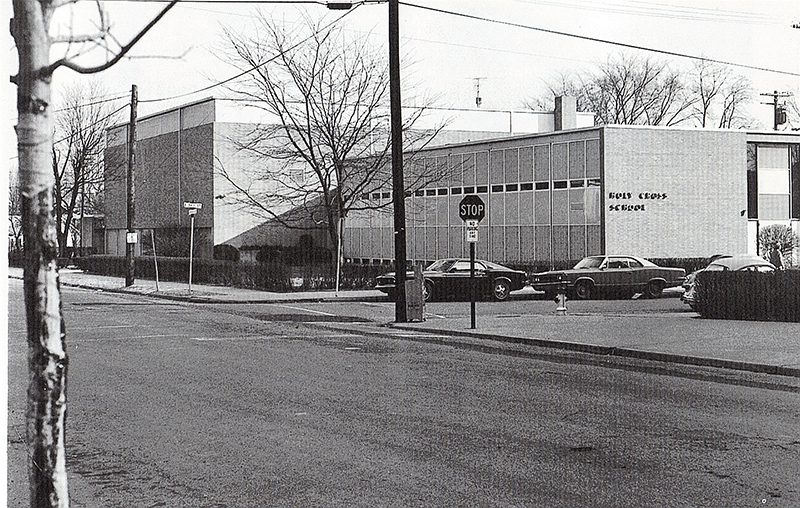
Rev. Robert Vater (1968-1982)
In October 1968 Father Finn was transferred to St. Thomas Parish in Ft. Thomas and was replaced by Rev. Robert Vater, pastor of St. Johns in Wilder, KY and former dean of boys and Covington Latin School. In 1974 a group of 20 Sisters of St. Joseph the Worker arrived in the area looking for a home and Father Vater allowed them to live in the convent and teach at the schools due to the decline of Benedictine Sisters at Holy Cross. The sisters of St. Joseph taught at Holy Cross for a few years and then eventually acquired their own home in Walton, Kentucky and still continue to teach today at the school there. With their departure the empty convent was then turned over to Catholic Social Service for their new headquarters.
Rev. Joseph Brink (1982-1987)
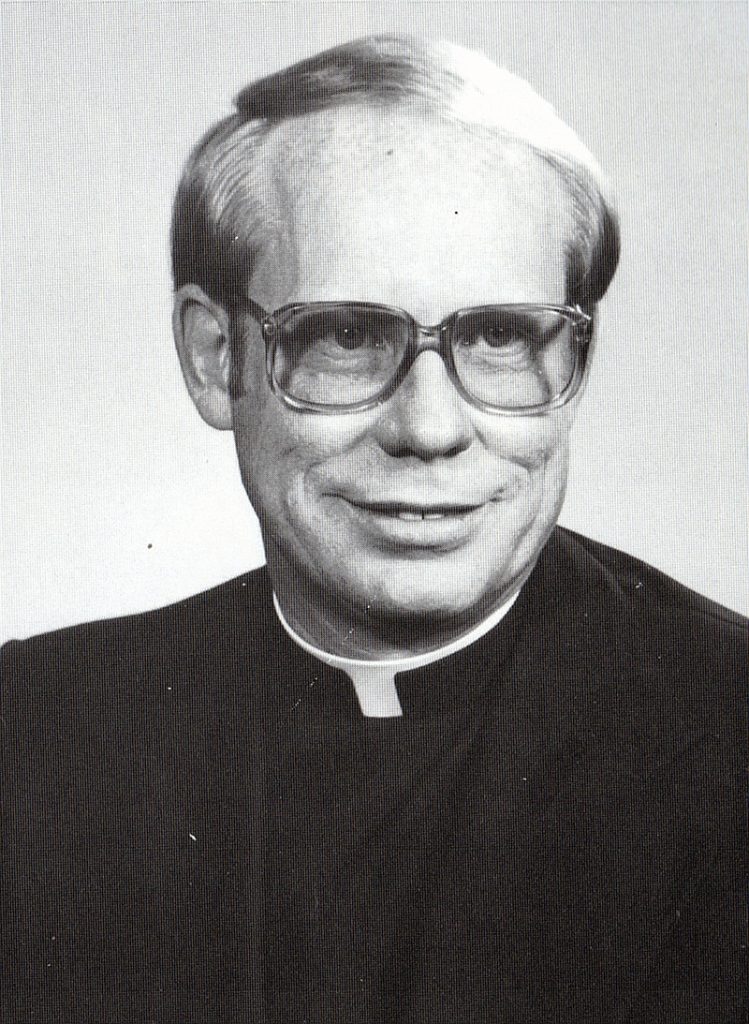
In 1982, Bishop Hughes, faced with an ever increasing cost and steady decline in enrollment, recommended that Holy Cross High School become a district high school. Seven parishes, St. Anthony, St. Cecilia, St. Patrick, Our Savior, St. Augustine,St. Benedict and the Cathedral, merged with Holy Cross to form Holy Cross District High School.
Msgr. Elmer Grosser (1987-1990)
In May, 1987, Father Brink was elected President of the National Federation of Priests Councils, which resulted in a full time position in July, 1988. Father Brink was replaced by Msgr. Elmer Grosser, the ninth pastor of Holy Cross Church.
Soon after Msgr. Grosser’s arrival, with the centennial anniversary of the church fast approaching, an open meeting was held to discuss redecorating the church. It was agreed by all attending that the church be painted with bright, light colors and all necessary repairs be made in preparation for the jubilee.
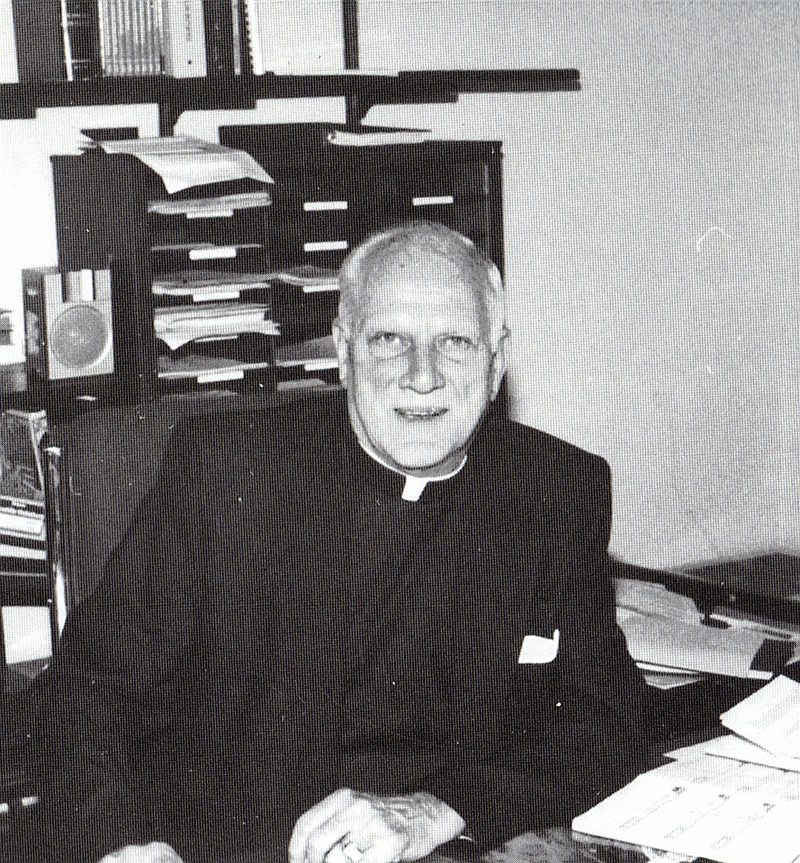
In 1990, as the centennial year progressed, so did the painting of the interior of the church. During this time several other projects were completed. The baptismal font located in an alcove in the vestibule was moved to the front of the church and a modern rest room equipped for the handicapped was installed in its place. The confessional beneath the St. Helen window was removed and an elevated choir loft was constructed; thus bringing the choir together with the congregation during liturgies. Several pews were removed from the front, rear and center of church to allow for more convenient traffic flow during mass. The exterior doors and trim was also refinished.
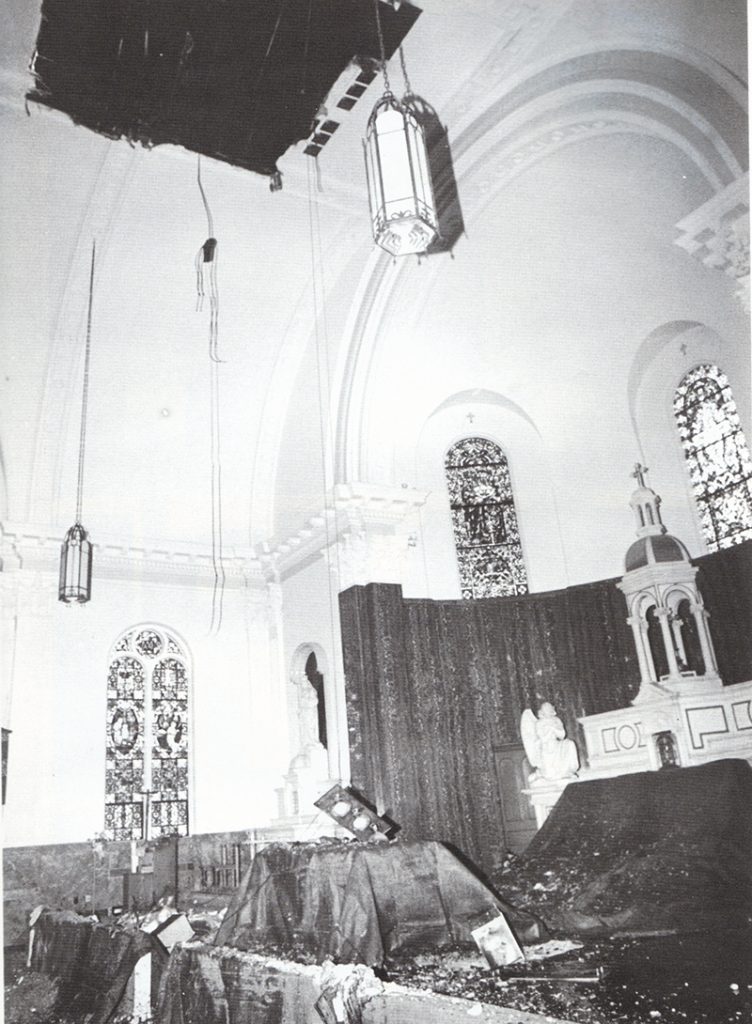
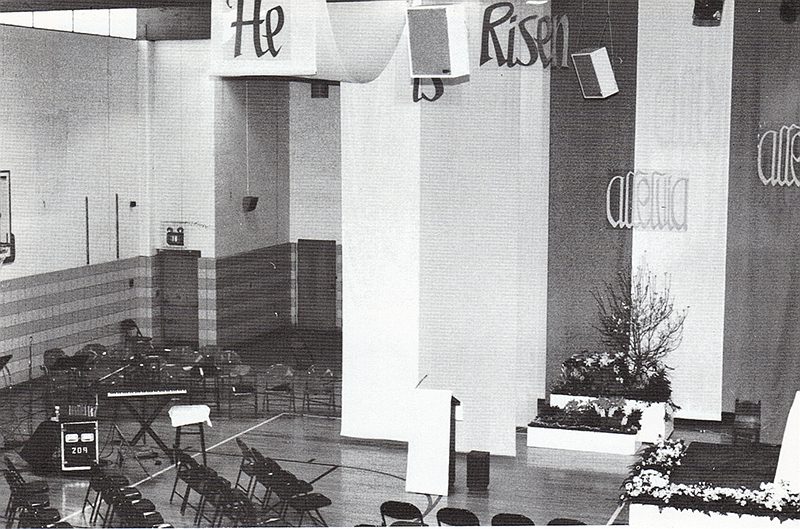
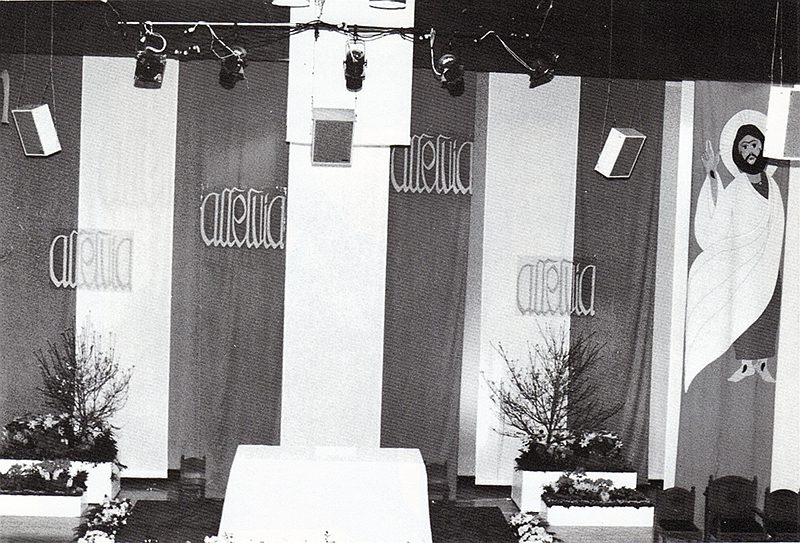
.
Help Us Update the History of Holy Cross!
Holy Cross Parish has undergone incredible renovations, ensuring our church remains a strong and welcoming place of worship for generations to come. These transformations were made possible by the dedication and support of our amazing parish community!
Now, we need your help in updating the History page on our new website! If you were part of these renovations or documented the process with photos, videos, stories, or timelines, we’d love for you to share them.
How Can You Help:
- Share photos or videos of the renovations
- Send in memories or stories from the process
- Provide lists of those involved or key timelines
Please send your contributions to Naomi Recznik at nrecznik@holycrosscov.org.
Let’s preserve the legacy of Holy Cross together—thank you for being part of this incredible journey!
